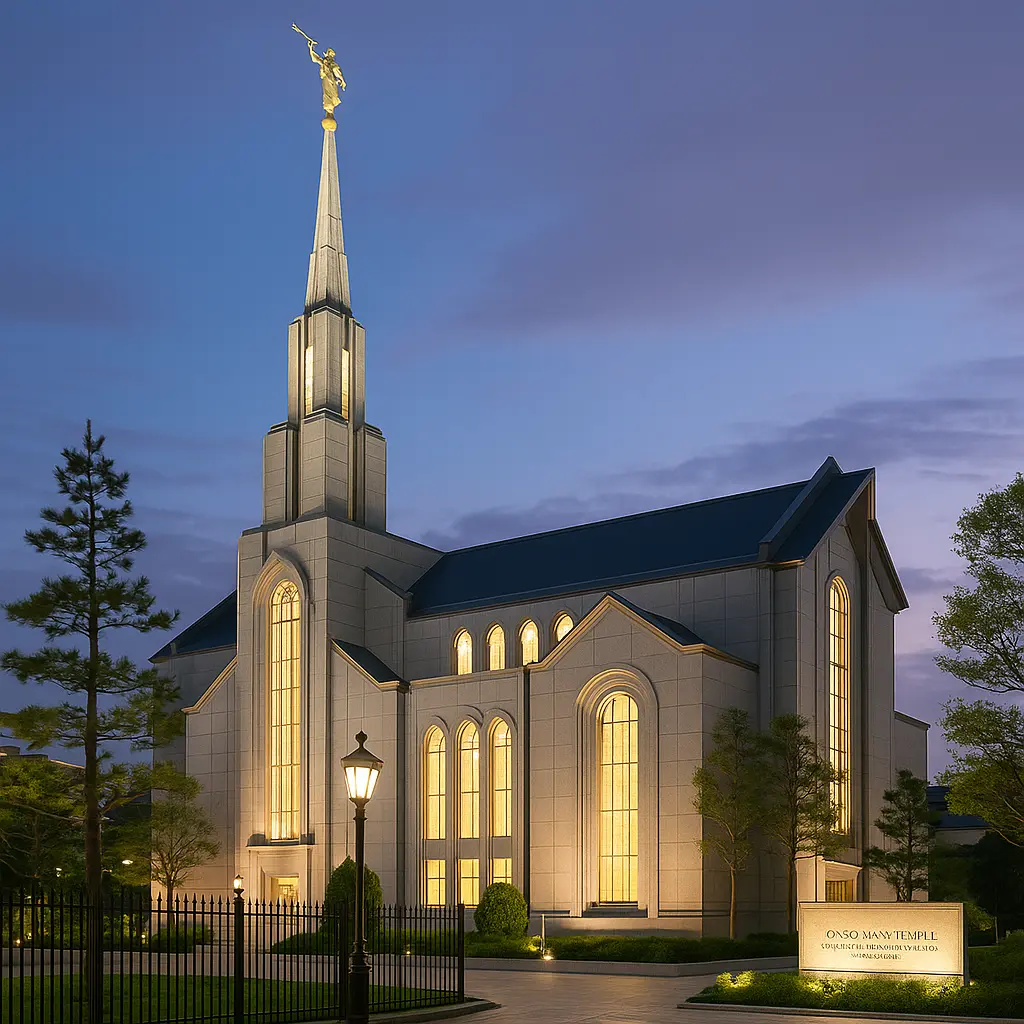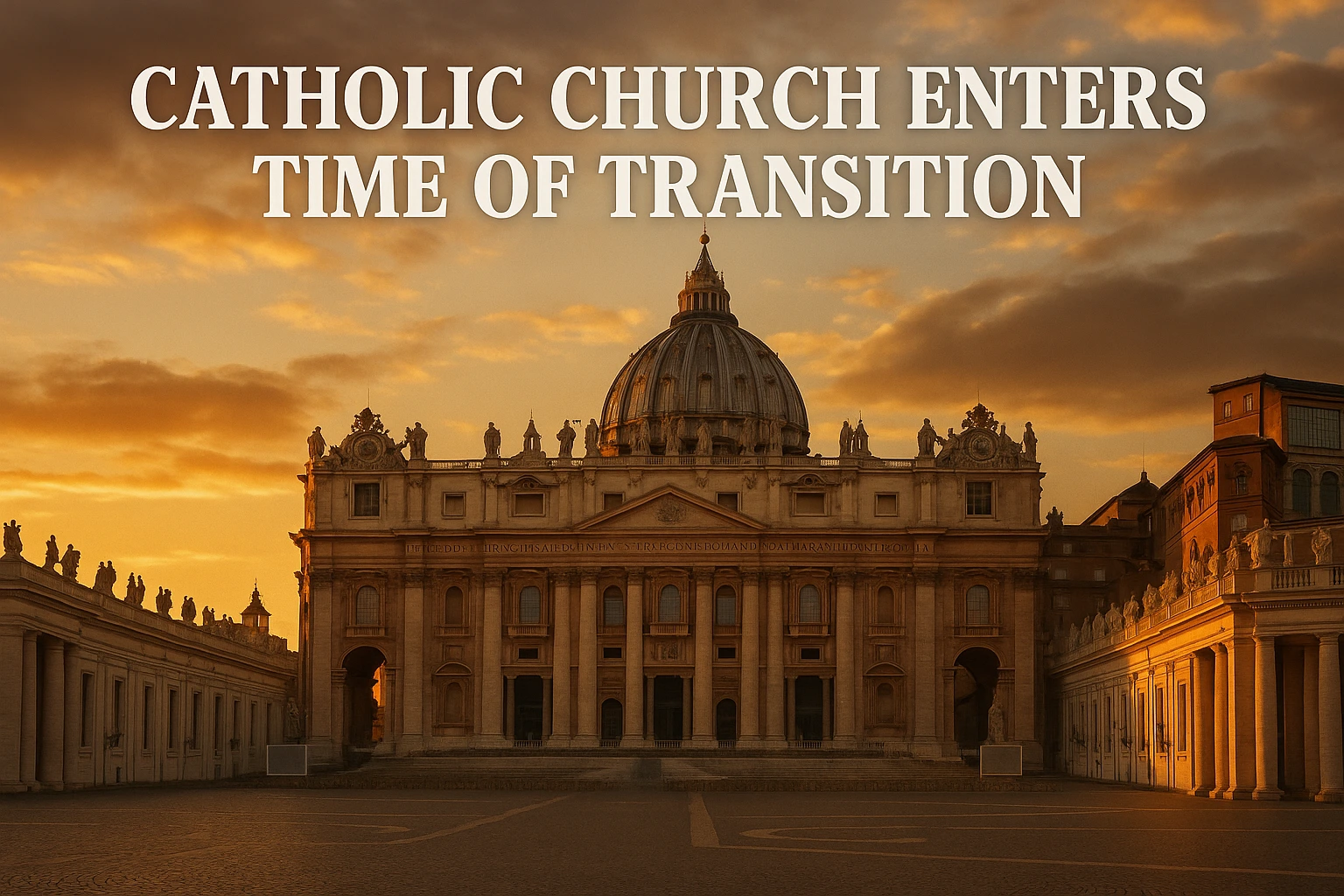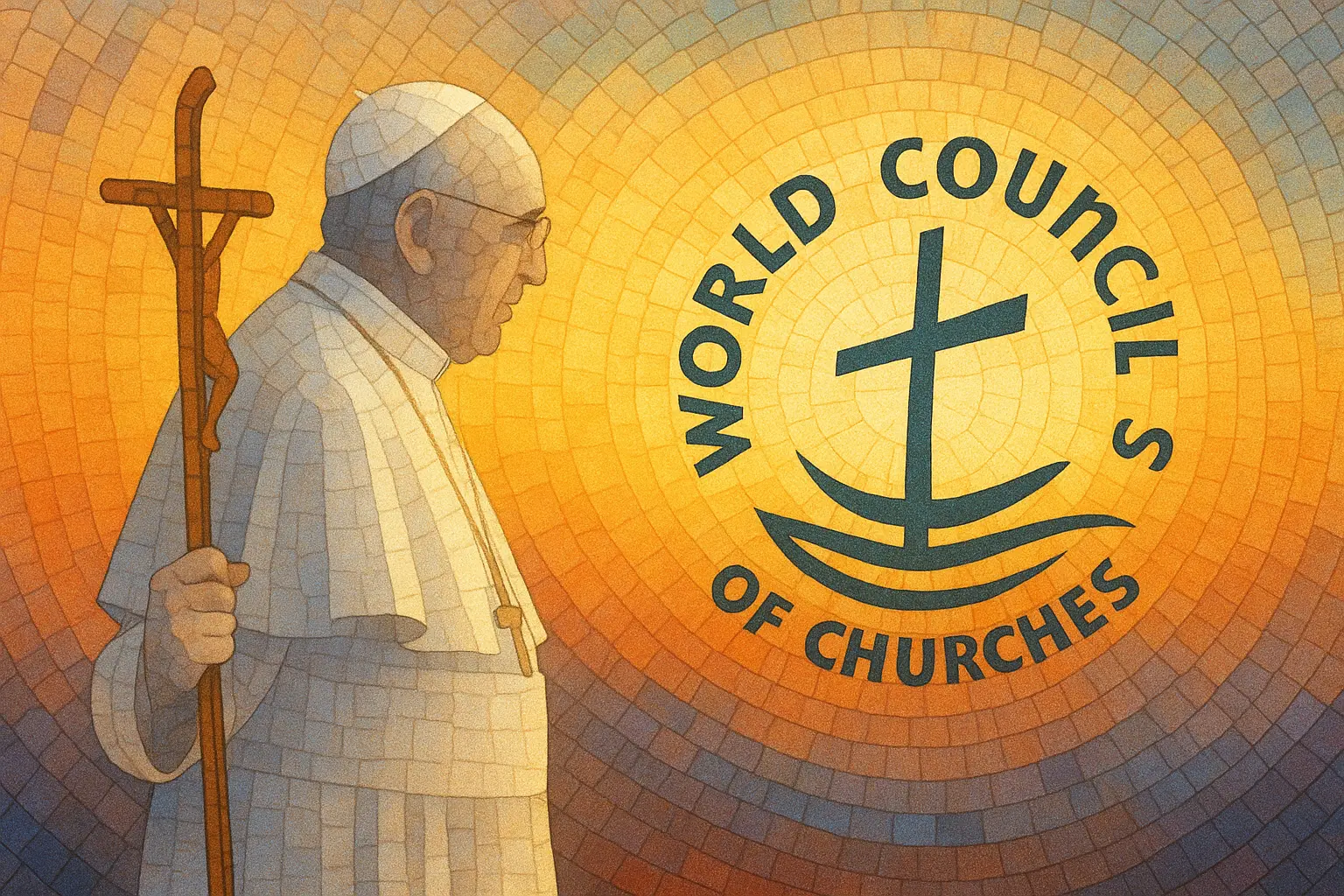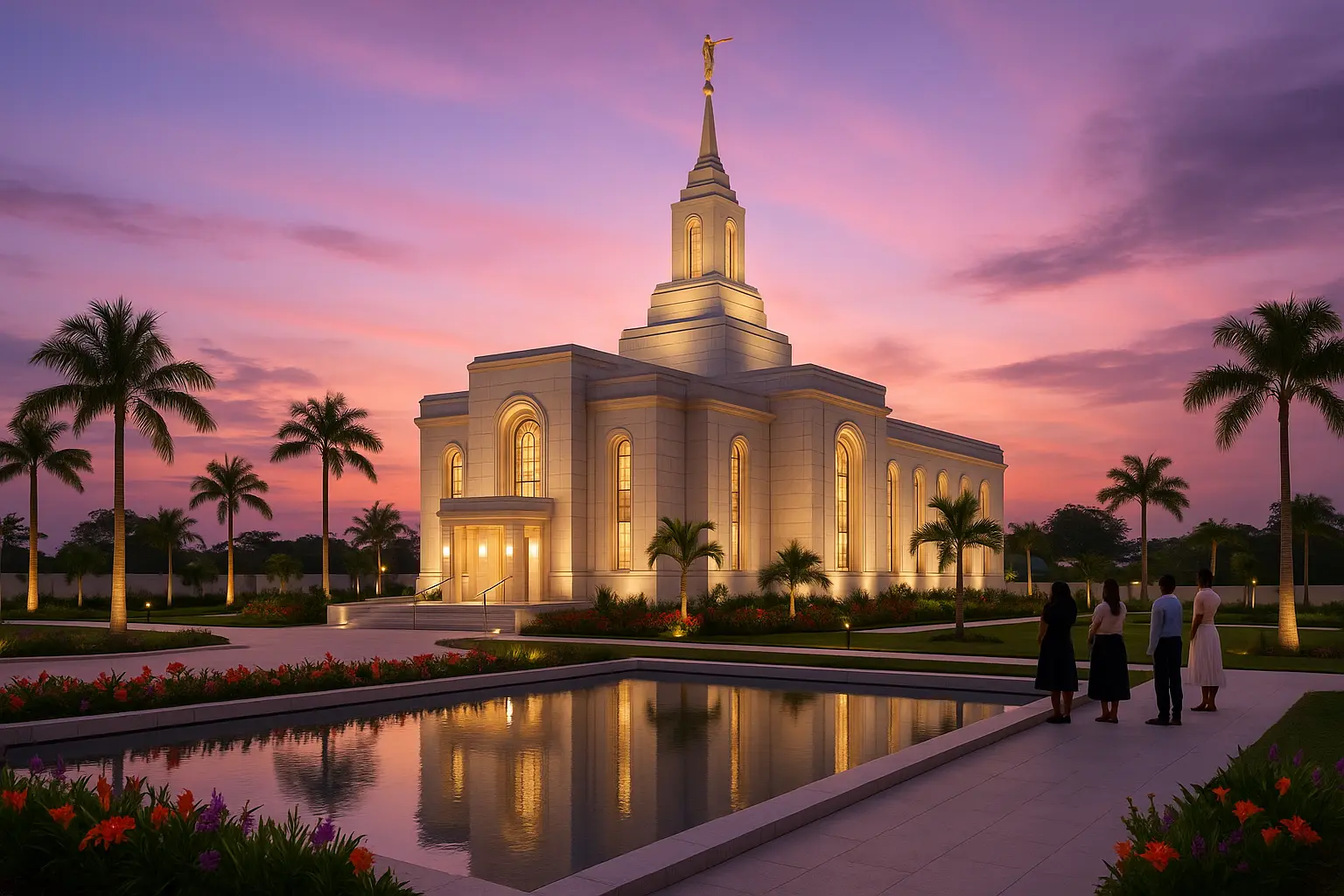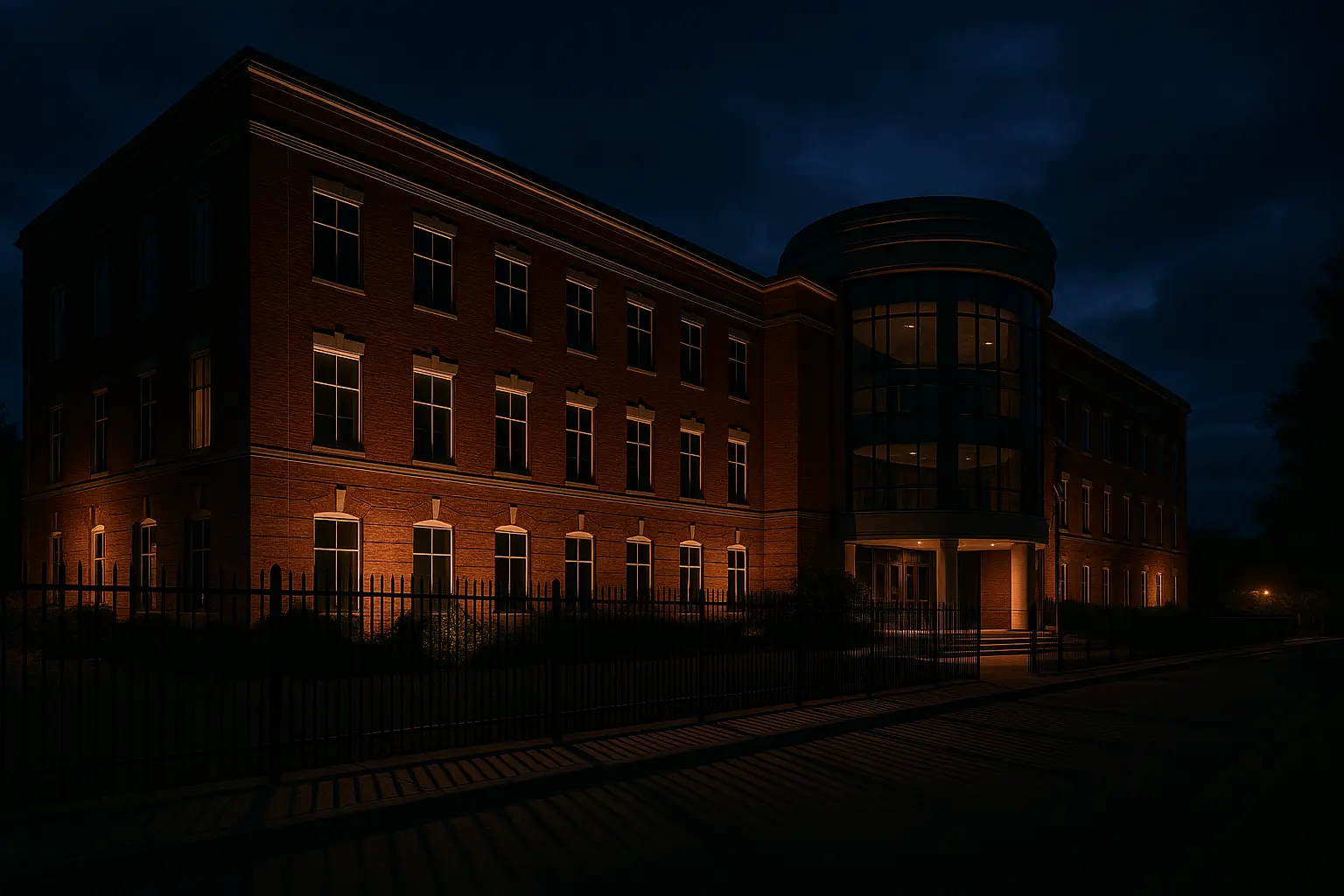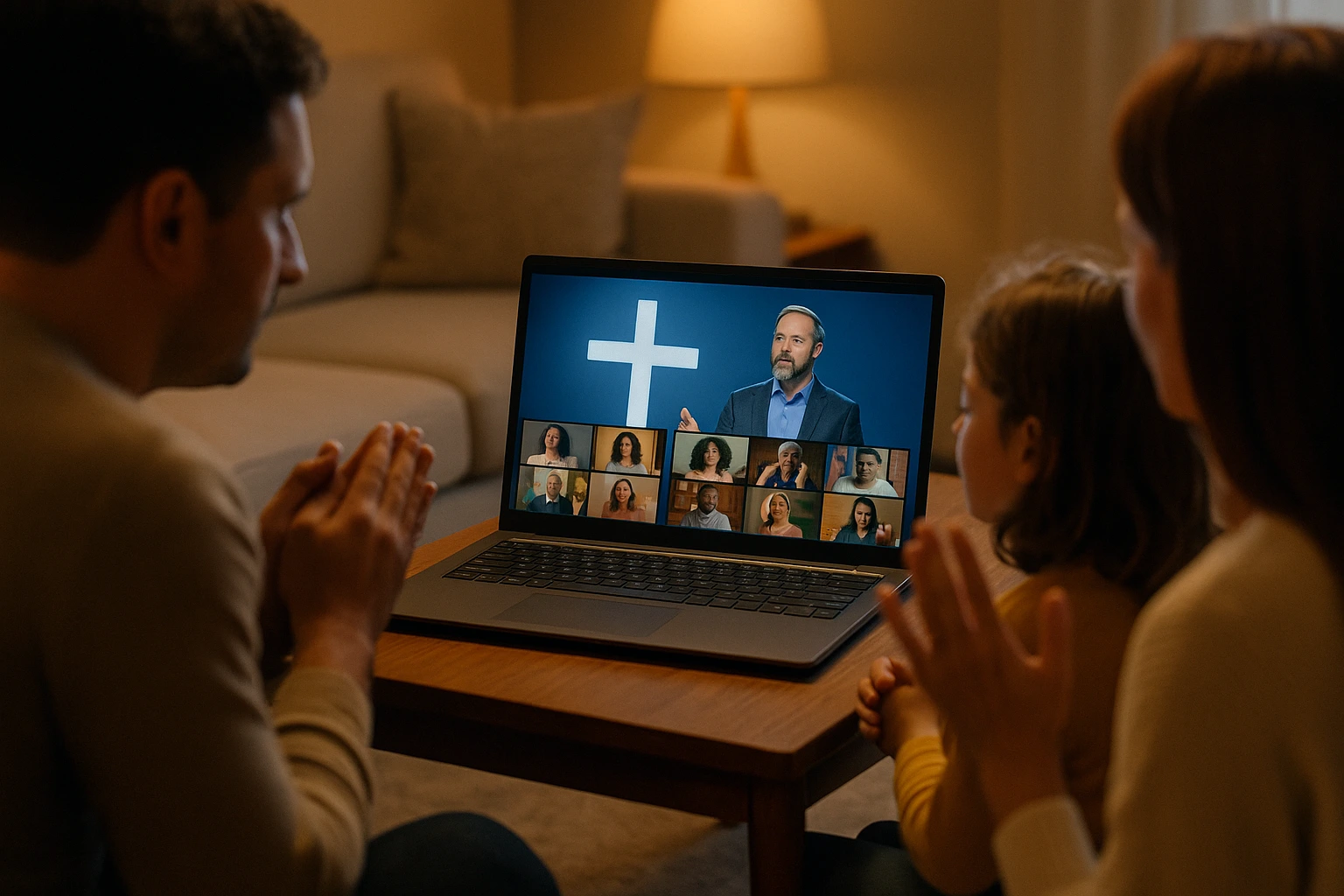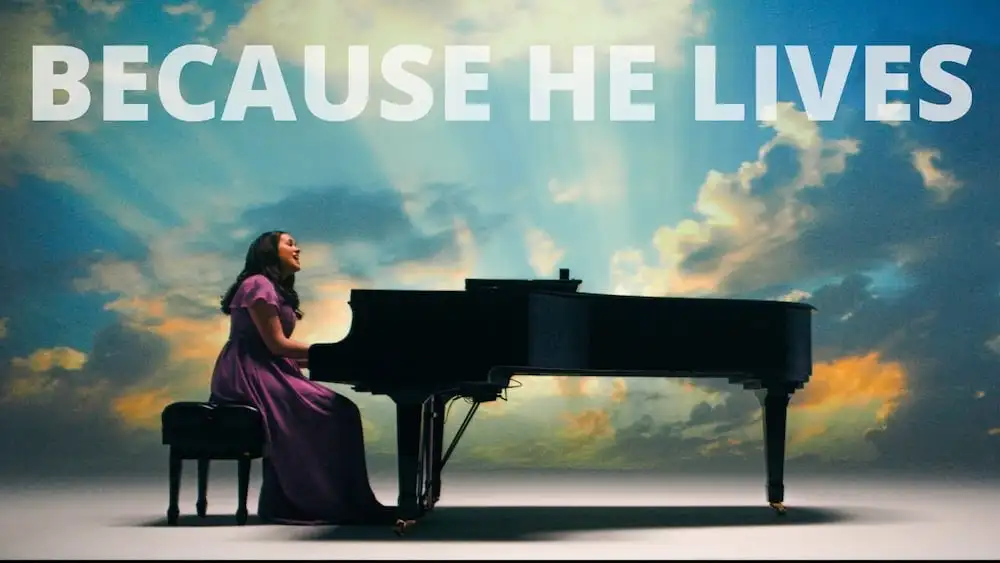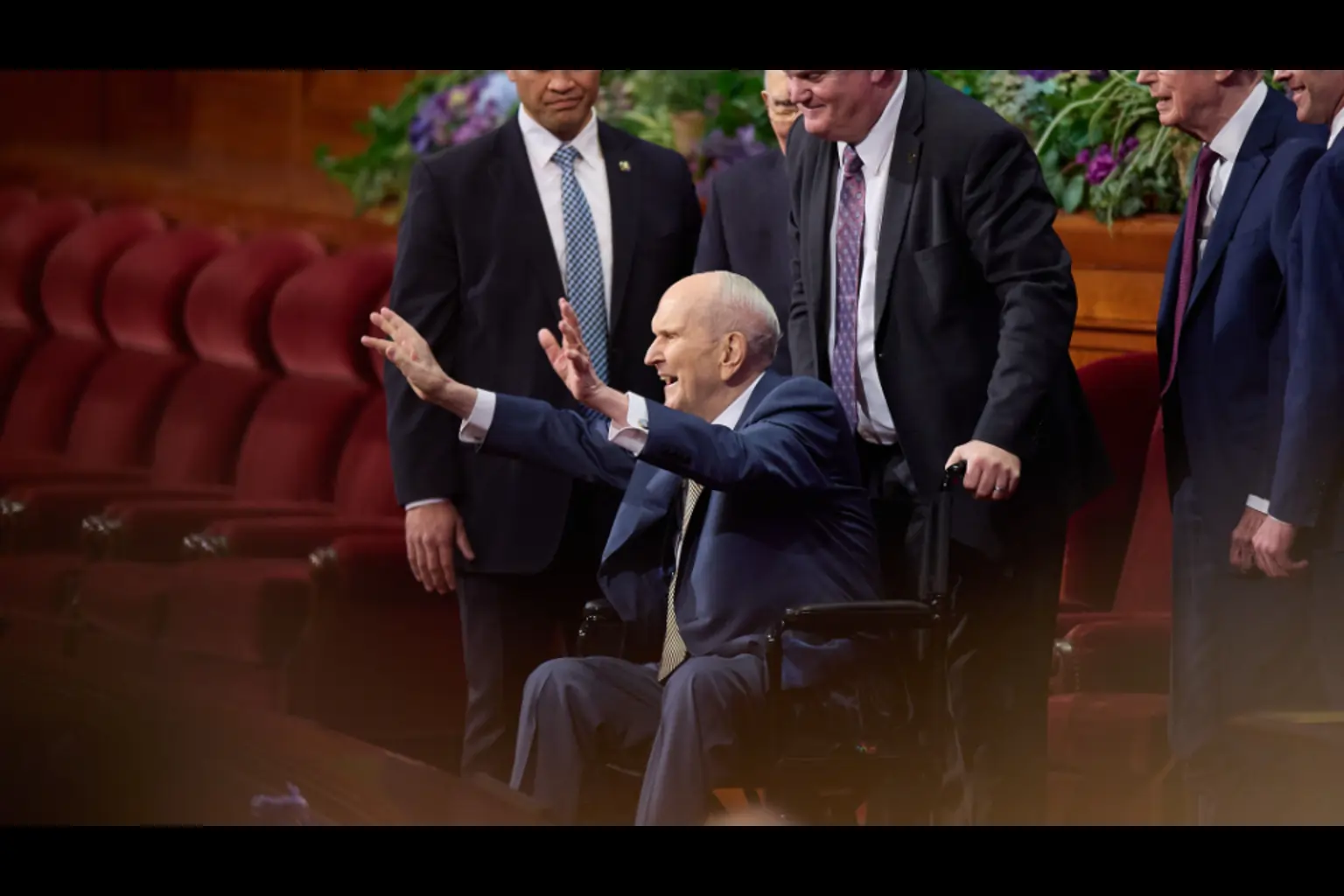Catholic Church Enters Time of Transition

Table of Contents
1. Why This Transition Matters
CBS News framed Pope Francis’s passing as more than the end of an era—it marks a pivotal pivot point for 1.3 billion Catholics worldwide. Francis’s papacy re-centered the Church on the poor, migrants, and ecological justice. Now observers wonder whether those causes will remain front-and-center or give way to new priorities when cardinals elect the 267th Successor of Peter.
The unique twist: Francis died on Easter Monday, April 21 2025, in the very year Eastern and Western calendars converged on a common Easter date—an ecumenical milestone he long championed. That convergence adds symbolic weight to the coming conclave.
2. Funeral-to-Conclave Timeline
- April 26 2025: State funeral draws 120 heads of state and more than 400 000 pilgrims to St. Peter’s Square.
- April 26 – May 4: Novemdiales—nine days of official mourning—featuring daily Masses for the repose of the pope’s soul.
- May 5 2025: Earliest date the College of Cardinals can enter conclave (15 days after death, per Universi Dominici Gregis).
- May 10 2025 (anticipated): Latest plausible start date; cardinals can vote to shorten the waiting period once all electors arrive in Rome.
- March 2026: New pope must schedule a formal inauguration Mass within a year of election, though most do so within a week.
During this window, the cardinals meet daily in General Congregations to discuss Church needs, hear reports, and swear secrecy oaths.
3. Who Runs the Church Now?
From the moment the pope dies until a new one accepts election, the Church is under the stewardship of a handful of officials:
- Cardinal Kevin Farrell – Camerlengo
He seals the papal apartments, verifies the death, and manages Vatican finances. Farrell can authorize ordinary business but no sweeping policy changes. - College of Cardinals (in sede vacante):
With the camerlengo, it governs day-to-day affairs but cannot create or abolish any offices. - Dean of the College—Cardinal Giovanni Battista Re:
Presides over General Congregations until age or infirmity prompts delegation to the sub-dean. - Vatican Dicasteries:
Heads of most departments lose authority; only routine matters proceed. Urgent decisions require the College’s consent.
4. Inside the Conclave Rules
The process is outlined in St. John Paul II’s 1996 apostolic constitution Universi Dominici Gregis, amended by Francis in 2022. Key points:
- Elector cap: Only cardinals under age 80 may vote—currently 128 of the 235 living cardinals.
- Location: All electors must reside inside the Vatican walls, sequestered at Casa Santa Marta.
- Two ballots each morning and afternoon: A two-thirds majority is required; after 33 ballots, a runoff between the top two is possible but never reached in modern times.
- Secrecy: Any cardinal leaking information incurs automatic excommunication.
- Security sweeps: The Sistine Chapel and Casa Santa Marta are scanned for electronic devices before each session.
5. Top Papabile Contenders
CBS News analysts and Vatican watchers highlight several cardinals often labeled papabili—“popes-in-waiting”:
- Cardinal Pietro Parolin (Italy) – Vatican Secretary of State, diplomatic heavyweight fluent in five languages.
- Cardinal Matteo Zuppi (Italy) – Archbishop of Bologna; champion of social justice and peace negotiations.
- Cardinal Luis Antonio Tagle (Philippines) – Pro-prefect for Evangelization; charismatic voice for the Global South.
- Cardinal Roberto Sarah (Guinea) – Retired liturgy prefect, popular among traditionalists.
- Cardinal Jean-Marc Aveline (France) – Archbishop of Marseille, bridge-builder on migration and Islam-Christian dialogue.
While betting markets buzz, veteran Vatican reporter John Allen reminds viewers: “The Holy Spirit has a track record of surprising us.”
6. What Issues Will Shape the Vote?
According to CBS correspondent Chris Livesay, cardinals are weighing multiple fault-lines:
- Pastoral Continuity vs. Course-Correction: Will they deepen Francis’s outreach to the margins or pivot to doctrinal consolidation?
- Curia Reform: Some seek a manager to streamline finances; others want a missionary-in-chief.
- Global South Representation: Two-thirds of Catholics now live outside Europe; over half the electors are non-European.
- Geopolitics: War in Ukraine and tensions in the Middle East demand deft diplomacy.
- Synodality: Electors must decide whether to expand lay participation in governance.
7. How the Faithful Can Follow the Process
- Vatican Live Streams: Tune in for daily Masses during the novemdiales and the solemn procession into the Sistine Chapel.
- Smoke Signals: Black smoke (fumata nera) means no decision; white smoke (fumata bianca) announces “Habemus Papam.”
- CBS News Updates: The network plans live hits from Rome, push alerts, and explainers on its website and app.
- Prayer & Fasting: Bishops’ conferences worldwide have called the faithful to spiritual accompaniment of the electors.
8. Key Takeaways
• The sede vacante period began Easter Monday and ends only when a newly elected pope says yes.
• Funeral rites run nine days; conclave likely opens the week of May 5.
• 128 electors—more than half from the Global South—will gather under strict secrecy.
• Social justice, synodality, and Vatican governance reforms headline the agenda.
